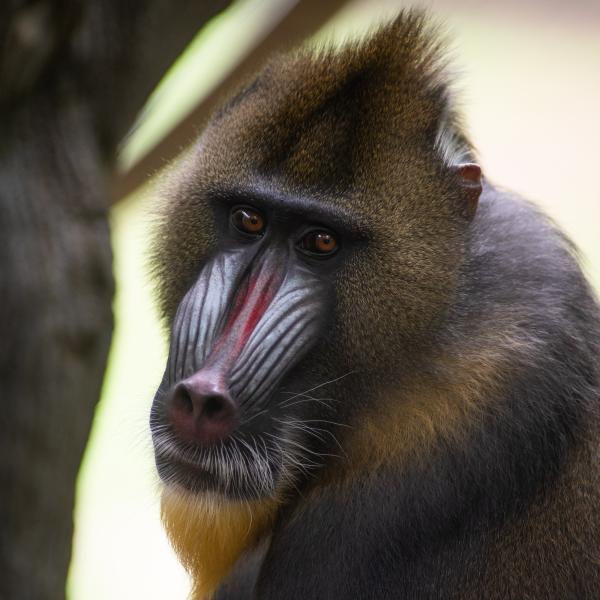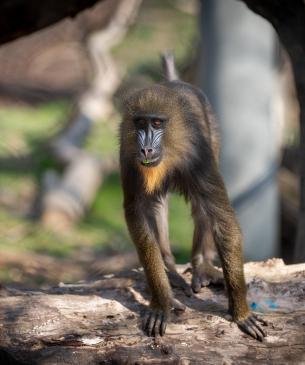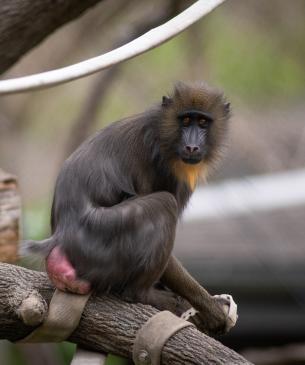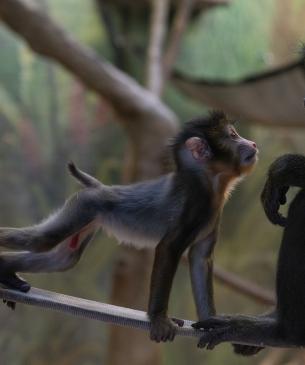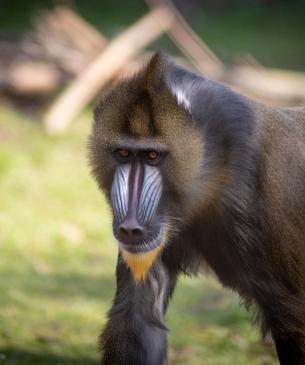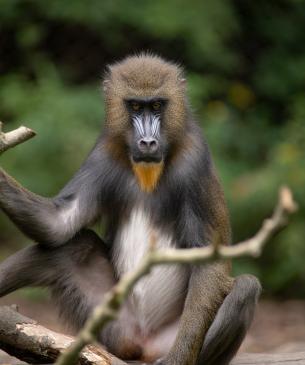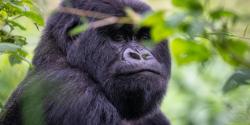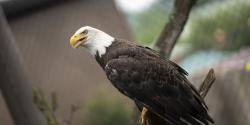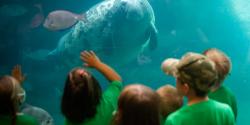Mandrills are the largest and most colorful of the African-Eurasian monkeys. They have striking red lips and noses, highlighted by bright purple and blue ridges on their faces, and vibrant rear ends. These colorful features help them communicate with each other.
Mandrills play an important role in the ecosystem, depositing the seeds of the fruits they eat while they forage.
Scientific Name: Mandrillus sphinx
Conservation Status: Vulnerable
Size: 22 to 32 inches tall
Weight: Males can weigh between 60 to 100 lbs. Females range between 35 and 50 lbs.
Median Life Expectancy: 18.3 years

